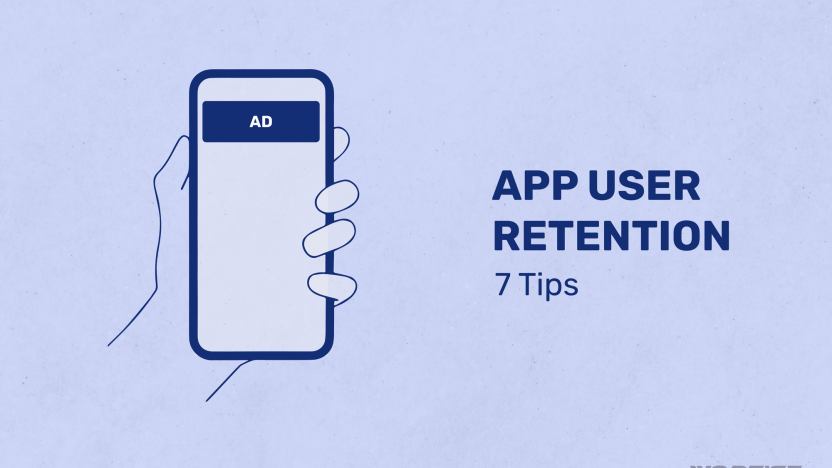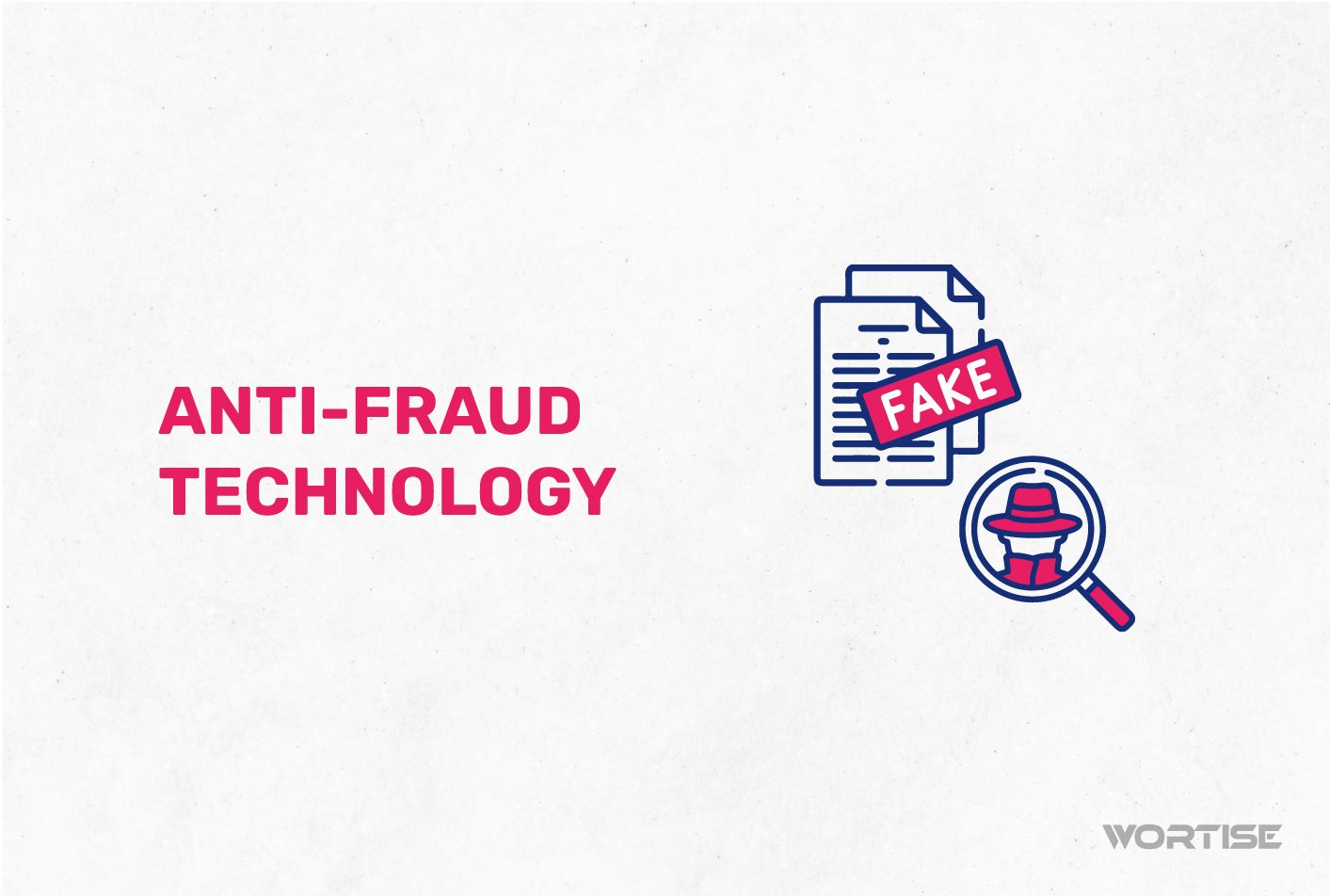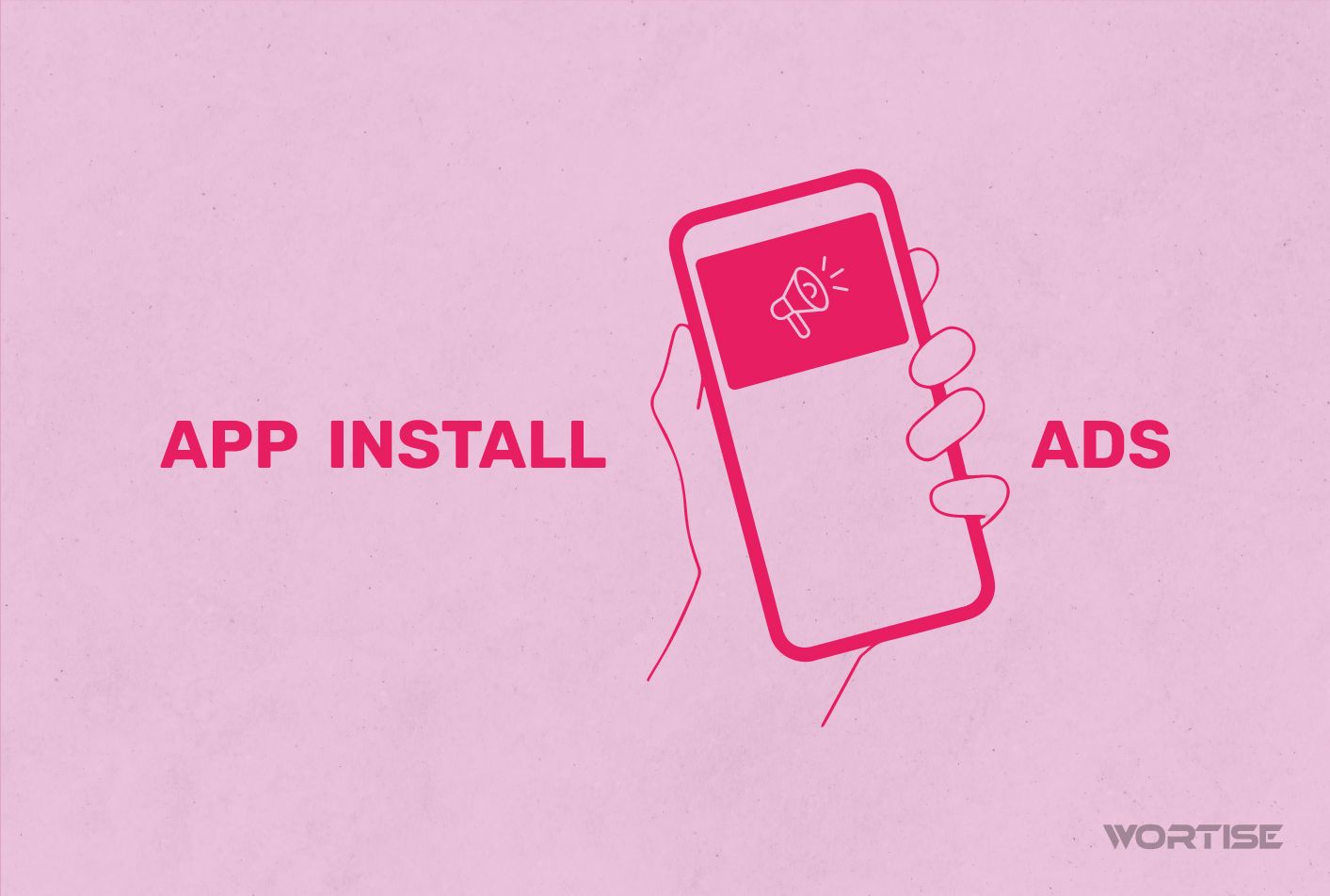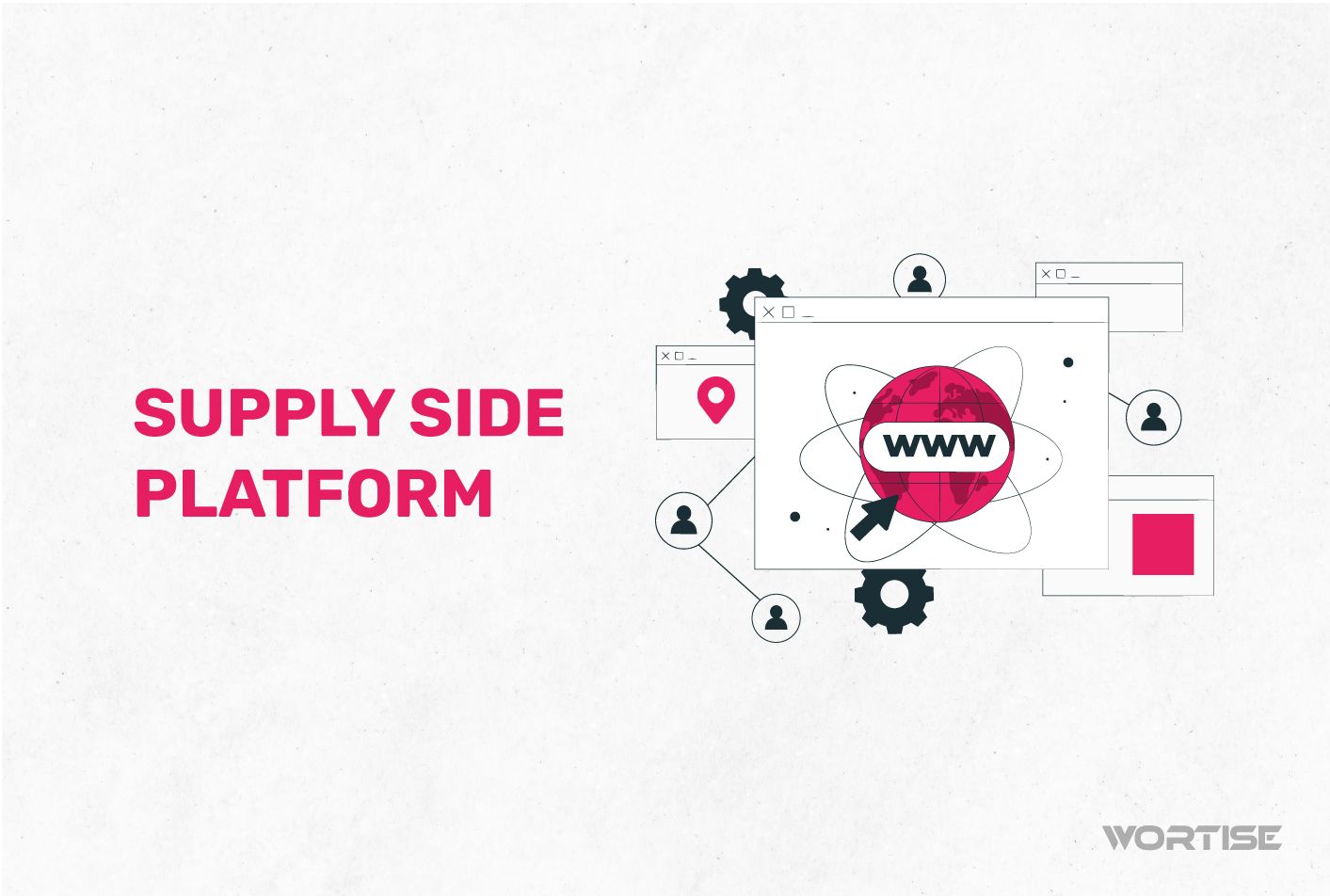If users use your app for a long time and don’t uninstall it within a few days, you have a gem in your hands. Therefore, dedicating more time and effort to maintaining it is a wise decision. However, it is best to design and implement all the strategies you have in mind taking into account the app retention rate.
The more users use your app, the higher the advertising revenue will be. The key to frequent app usage is its quality: a poor product will be rejected, no matter how well it is marketed. However, even if your creation is good and your audience may like it, there are strategies that can be applied to increase its usage. What are they? Let’s tell you more here!
What is the app retention rate?
As the translation suggests, the app retention rate is a metric that indicates the percentage of users who have interacted with an app in a specific period of time.
This indicator is often calculated regularly to determine if users continue to use the app or not. It is important to know if the average user abandoned or uninstalled the app on the first day, first week, or first month. Similarly, medium-term retention is a positive signal for the app.
The app retention rate provides a wealth of valuable data. Its main benefit is that it allows you to identify consumption patterns and how audiences use your application. This information facilitates the development of strategies to generate more engagement.
How to calculate the app retention rate?
The formula for calculating the app retention rate is quite simple. However, the data used in this formula can be a headache, especially because there is no specific answer, as each application has different treatment.
To calculate the app retention rate, you need to determine the number of active users at the end of the period you want to calculate and divide it by the number of active users at the beginning of that same period; then multiply the result by 100.
Let’s recap: Number of active users at the end of a period ÷ Number of active users at the beginning of that period × 100.
The headache arises when defining “active user,” as it is not solely the user who continues to use it.
For example, in a note-taking app, a factor that can determine frequent usage is the creation of a new text entry. In a video editor, it may be useful to measure the number of new projects created or files uploaded to the editing platform.
Once you have clarity about the parameter, you also need to determine the time to be measured, as it will also depend on the nature of the app. There are tools that are used daily and can be studied for daily usage, while others require a longer time frame.
If you want to determine the app retention rate of an application, the parameter to assess its usage should be the completion of a full cycle, and the time frame to be studied should be monthly.
Why is tracking abandonment and retention metrics important?
When studying the consumption data of your app, it is important to consider not only the app retention rate but also the abandonment metrics. Both are complementary and provide a better perspective on the performance of the application.
If you only evaluate the number of users who uninstalled the application, you would be ignoring the percentage of the audience that never actually uses it. In terms of revenue, no income is generated from app usage in any case.
Therefore, it is vital to have the number of uninstalls, but also engagement data that shows whether the product is used frequently or not. If the app retention rate is low, it is possible to implement strategies to improve the situation.
What is a good app retention rate?
Before addressing any strategy to increase engagement, let’s review the normal rates for an app, as certain percentages are impossible.
In no case will you retain 100% of the audience. Not even 80%. A study by Appboy determined that, on average, less than 25% of users who download an app use it again after the first day. Tangram Consulting estimates that 95% of apps are uninstalled within 15 days.
For this reason, we present the average retention rates for an app:
- 1 Day: 23%
- 7 Days: 16%
- 30 Days: 11%
Percentages above this average indicate positive retention numbers, while those below are an indicator that it is time to apply strategies to improve the engagement of your audience.
7 strategies to increase app user retention
Managing an app is almost as important as creating it. It is essential to work on the content and tools offered to generate interest in the user.
When engagement is not optimal, the app should stand out and make its presence known among the dozens of icons the user sees on their phone every day.
Here are some strategies that could increase user interaction and app usage in the short, medium, and long term:
1- Constant interaction with the user
The user should feel wanted and heard at all times, with the impression that you are interested in them using your app. Therefore, interaction is essential.
A good mechanism to establish this interaction is by sending messages within the app. Encourage users to explore the app’s features with short and concise texts, propose challenges and goals for using the application.
The placement of these messages depends on the app’s interface. They can be in a notification bar, at some point in the swipe of a window, or simply appear as a push notification within the app.
To work on this aspect, it is advisable to use UX Design and UX Writing techniques, which focus specifically on improving the user experience through design and writing, respectively, so that messages are received more effectively.
2- Utilize push notifications
If users are not accessing your app, sending messages within the application may not be enough. Therefore, using push notifications can be a good idea.
In some cases, push notifications can be invasive and alienate users. That’s why it’s important to use them strategically and not abuse this resource.
The frequency and tone of the messages sent in push notifications depend on the app’s characteristics and audience. It is ideal when these notifications are sent as “reminders,” as is the case with calendar apps, task managers, language learning apps, among others.
The good news is that statistics indicate that the majority of users who feel uncomfortable with this type of notifications simply disable them. A tiny percentage uninstalls the app, so it’s better to use push notifications to regain lost audience despite the possible fear of scaring away users.
3- Optimize the onboarding process
First impressions are the most important. The introduction of your app must be impeccable, as it will determine whether the user stays or leaves.
In apps that require registration, this process should be as simple, smooth, and intuitive as possible. Prioritize few steps, speed, and the ability to start using the app immediately.
Welcome messages or screens that are displayed only the first time the app is used can be useful tools that give users a taste of the experience they will have with the app.
4- Prioritize personalized experiences
In such a competitive market, the apps that survive are those that offer users the best experience and make them feel comfortable. To achieve this, personalization is vital.
Platforms with powerful algorithms have perfected personalized experiences for their users, with systems that can detect consumption preferences and deliver specific content based on those preferences.
It is challenging to apply this strategy in the case of an app that is taking its first steps or has a limited budget, but it is possible to get an idea and be smart when offering different experiences among users who use the same app.
Again, it is advisable to use UX techniques to work on the user experience. You can work on developing different screens and messages for each app function, different welcome texts or usage tips. Creativity is the key.
5- Constant updates
One of the best ways to prevent users from abandoning your app is to offer new content constantly. If they have already explored everything the app has to offer, they will likely uninstall it. However, if there are improvements and new features, there is a greater chance of retention.
It is recommended to publish an update at least once per quarter and effectively notify the user so they are aware and interested in experiencing those new features.
6- Track data
As shown at the beginning, handling data can provide a lot of information about the app’s performance and how it is being consumed, which leads to strategies to improve the product.
However, it is not a one-time review and do nothing if everything is fine. You can review the performance of each option and segment of your app to find points of particular interest or areas that are not being used enough.
It is necessary to constantly review this data and make an effort to improve, even if the numbers are good.
7- Deploy ads intelligently
The business model of each app is different, but the majority relies on advertising for revenue. Displaying ads is necessary to generate income.
Unfortunately, excessive ads and advertising that does not interest the user ends up driving them away. Apps that bombard users with ads usually have a poor app retention rate.
It requires a lot of intelligence when deploying ads without scaring away users. The best way to do this is by using ad mediation platforms like Wortise, whose system is characterized by presenting non-invasive advertising that doesn’t harm the user experience but rather enhances it.
Double the monetization of your app without compromising your app retention rate with Wortise
Hello, publisher! Stay focused on coding and leave the monetization tasks of your app in our hands.
At Wortise, we offer our advanced ad network mediation platform with over 100 Ad Networks, personalized support, tactical guidance, and the highest eCPM in the market.




